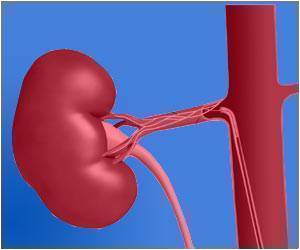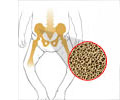Changing where a newborn baby is held before its umbilical cord is clamped could lead to improved uptake in hospitals of delayed cord clamping, leading to a decreased risk of iron deficiency in infancy.

However, current recommendations – based on studies conducted 35 years ago – suggest that for effective placental transfusion to occur, the baby needs to be held at the level of the placenta (introitus position), which is cumbersome, uncomfortable for the person holding the baby, and interferes with immediate contact between mother and baby.
Since these issues could be contributing to low compliance with this procedure in hospitals, ultimately resulting in higher than necessary levels of iron deficiency in babies and children, a group of researchers in Argentina tested whether the transfer of blood in delayed cord clamping procedures is affected by the position in which the baby is held immediately after birth.
In the study, which was conducted in three university affiliated hospitals in Argentina, 197 babies were held in the introitus position while undergoing delayed cord clamping, as per usual practice, but 194 babies were instead immediately placed on the mother's abdomen (tummy) or chest.
By measuring the babies' weights at the point of birth, and immediately after the delayed cord clamping procedure, the researchers were able to measure the volume of blood which had transferred from the placenta to the child.
They found no statistically significant difference between the two groups in the volume of blood transferred, indicating that placing the baby on the mother's chest or abdomen is no less effective than the more awkward introitus position in delayed cord clamping procedures.
Advertisement
Writing in a linked Comment, Dr Tonse Raju of the Eunice Kennedy Shriver National Institute of Child Health and Human Development, Bethesda, USA, says, "Introduction of delayed cord clamping into practice has been sporadic, with logistical issues being one possible reason. Intuitively, to keep the newborn baby's position below the level of the placenta in situ should maximise the volume of placental transfusion. However, trying to hold on to a wet, vigorously crying, and wriggling infant at the perineum for 2 min, in gloved hands, is awkward and can be risky. When the mother is waiting anxiously to hold her baby and the father is taking photographs, 2 min could seem like an eternity."
Advertisement
Source-Eurekalert















